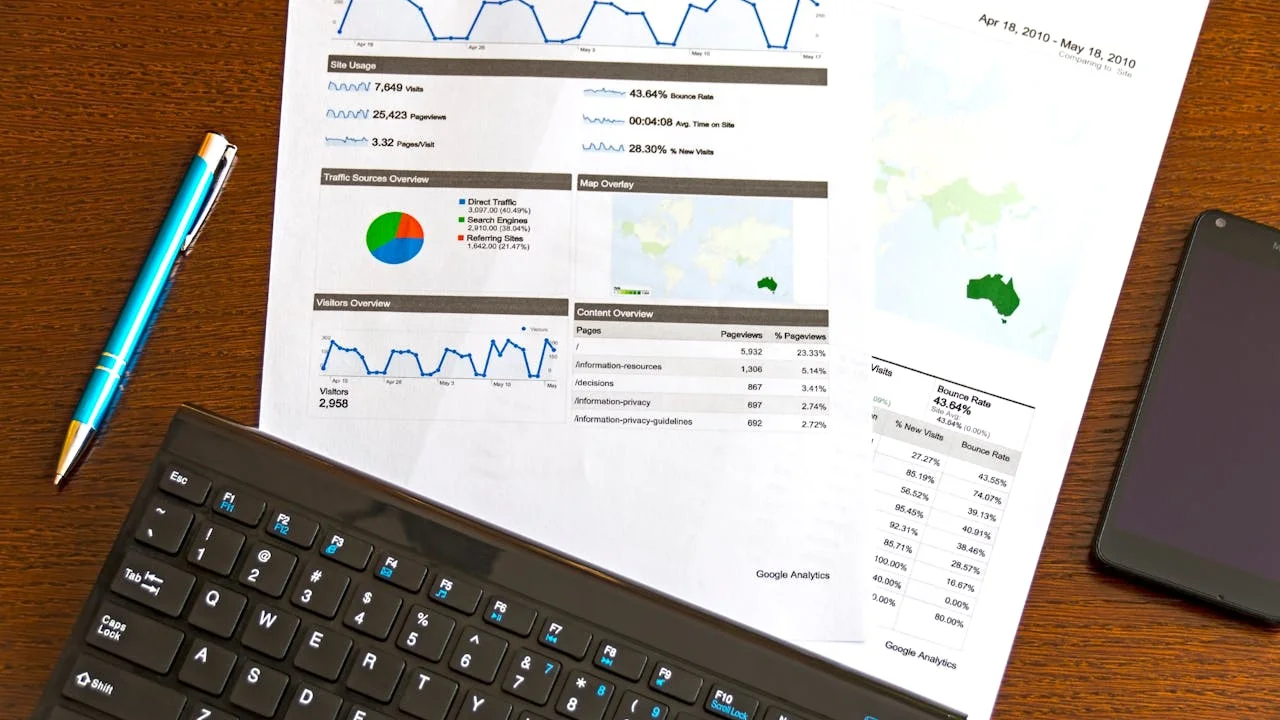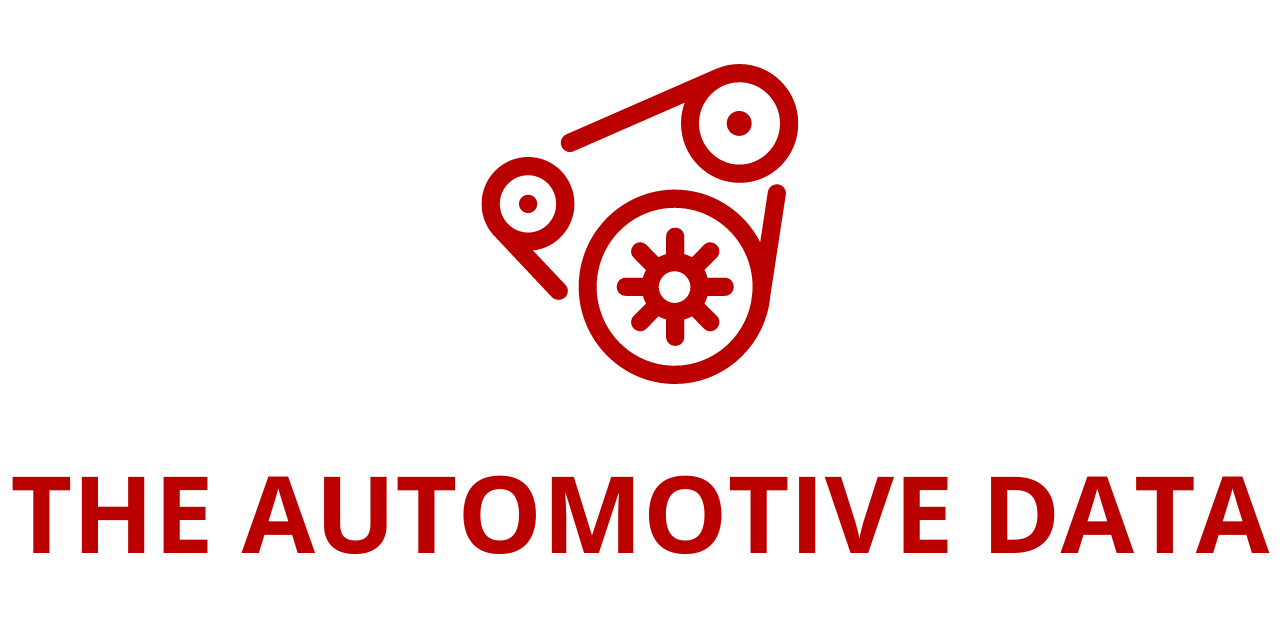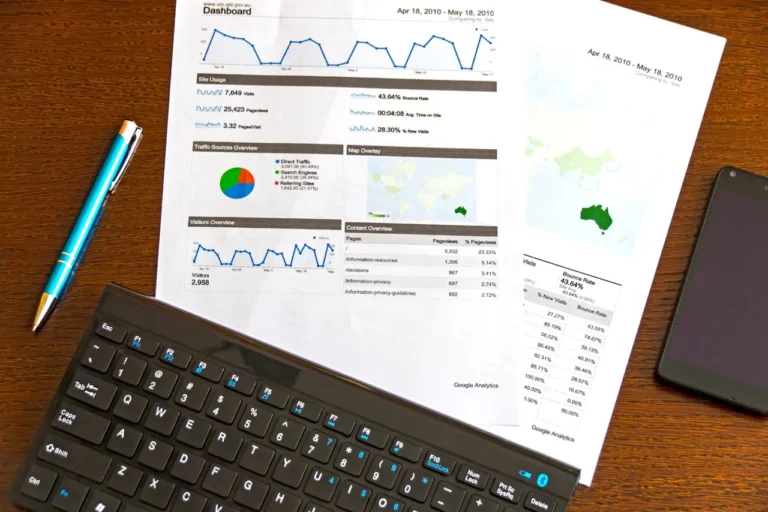
The “United States Automotive Robotics Market Report By Component, Types, By Application, Company Analysis 2024-2032” has been added to ResearchAndMarkets.com’s offerings. The United States Automotive Robotics Market is projected to grow from US$ 2.99 billion in 2023 to US$ 7.4 billion by 2032, with a CAGR of 10.59% from 2024 to 2032.
Automotive industry players are focusing on smart product design and adaptable distribution networks to navigate changes within the sector.
Robotic technology has been a cornerstone of the U.S. automotive manufacturing sector for over a decade, providing capabilities beyond human abilities, which enables faster execution of tasks. This technology enhances operational flexibility, reduces the use of raw materials, streamlines processes, lowers costs, and improves production efficiency.
The United States is a global leader in production industries, with a significant demand for commercial robots. In 2023, the automotive sector saw a 1% revenue increase, with 14,678 robots installed, building on a 47% surge in installations in 2022. Automotive and component manufacturers accounted for 33% of all commercial robotic installations in the U.S. in 2023. According to the International Federation of Robotics (IFR), the U.S. is the second-largest producer of vehicles and light vehicles worldwide, following China. This growth is driven by efforts to strengthen domestic supply chains and initiatives promoting the transition to clean energy.
The U.S. has seen a rise in car demand due to increased household incomes and strong employment opportunities. This has led to significant economic growth and increased consumer confidence in making large purchases such as cars. Additionally, the availability of affordable financing options and purchase incentives have made cars more attractive to customers.
Current trends in the American automobile market emphasize technology and fuel efficiency, shifting buyer interest towards electric and hybrid vehicles and highlighting environmental responsibility. Manufacturers and dealerships have boosted sales through digital innovations, virtual showrooms, and home delivery services across the U.S.
Industry 4.0, the financial revolution, focuses on automation, real-time data, integration, and machine learning. Key elements such as robotics, artificial intelligence, data analytics, and cloud computing are crucial to Industry 4.0, enhancing the stability and prospects of industrial robots. Continuous operation increases the chances of success in the U.S. automotive robotics market.
Advanced technologies like LiDAR, vision systems, and radar in robotic systems enable navigation through complex spaces and interaction with people and tools in the automotive industry. AI algorithms enhance decision-making, movement, and operations optimization. Digital twin technology creates exact replicas of assets, aiding in maintenance and quality prediction. Self-organizing robots reduce material transport within factories and improve process times.
Overall, these technologies allow robots to learn and avoid obstacles, adapt to different contexts, and improve path planning. This opens new markets and meets the demand for automation to boost productivity, manage expenses, and enhance quality. The application of robotic systems in U.S. automotive companies aids in coordinating essential mechanical processes for various stages of automobile production, such as assembly, welding, painting, and material transport, thus driving the adoption of automotive robotics.







